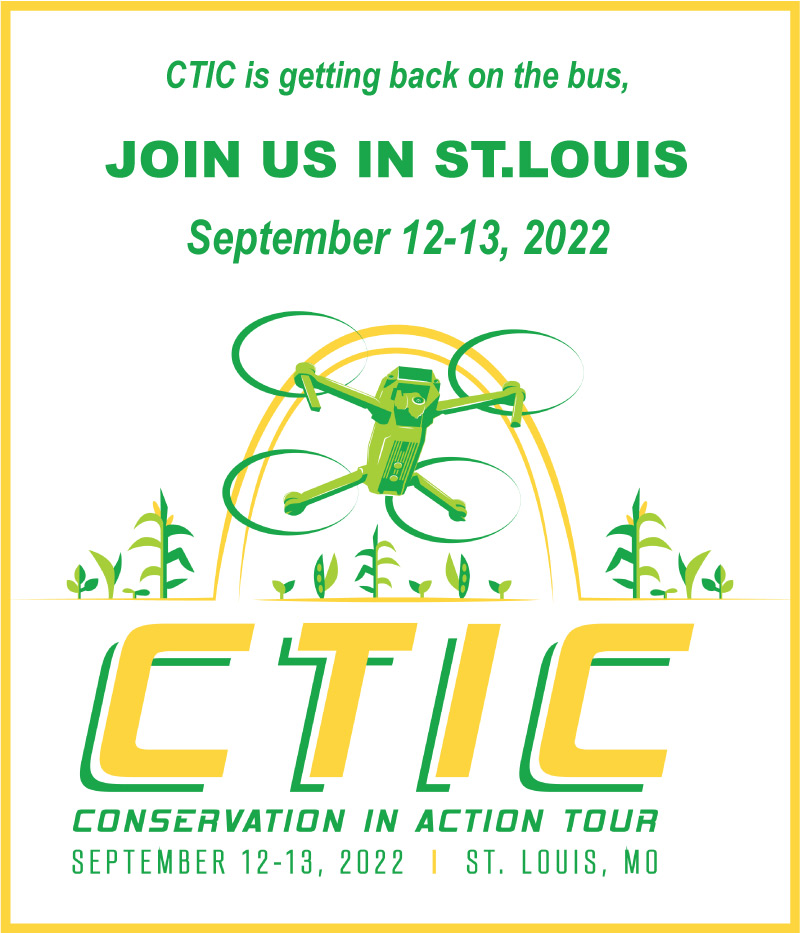UNDERSTANDING CONSERVATION TILLAGE SYSTEMS
CTIC and Purdue University aim to understand why farmers adopt practices eligible for carbon offset credits. The core research question is: To what degree do non-financial factors, such as how information is presented, shape farmers’ willingness to adopt offset-eligible agricultural practices? Based on recent work in economic, political and agricultural decision-making, the primary hypothesis is that the way in which information is presented will significantly affect farmers’ interest in and eventual adoption of offset-eligible practices. In many cases, it is believed that this framing effect will be as strong as or stronger than the effect of a modest offset payment.
The information presented promotes conservation tillage with an environmental stewardship frame versus a neutral, control frame, and discussing the potential for offset payments for conservation tillage or not. As noted, we intend to determine if the framed treatments will generate greater interest in conservation tillage than unframed treatments, including unframed treatments that mention potential offset opportunities.
The information presented promotes conservation tillage with an environmental stewardship frame versus a neutral, control frame, and discussing the potential for offset payments for conservation tillage or not. As noted, we intend to determine if the framed treatments will generate greater interest in conservation tillage than unframed treatments, including unframed treatments that mention potential offset opportunities.
Partner
Purdue University
Activities
This project uses interviews and a survey to learn from farmers about their willingness to adopt offset-eligible practices. Those interested in learning more about the adoption of conservation tillage systems were provided with a sheet comparing conservation tillage systems and resources for further information. In addition, CTIC can provide interested farms with information about conservation tillage and related management practices that make conservation systems successful, including referral to a local tillage expert in their area.
For More Information
Click here to view helpful resources concerning conservation tillage systems.
View references of Understanding Conservation Tillage Systems.
Contact Karen Scanlon at Tel: (765) 494-9555 or Email: scanlon@ctic.org

